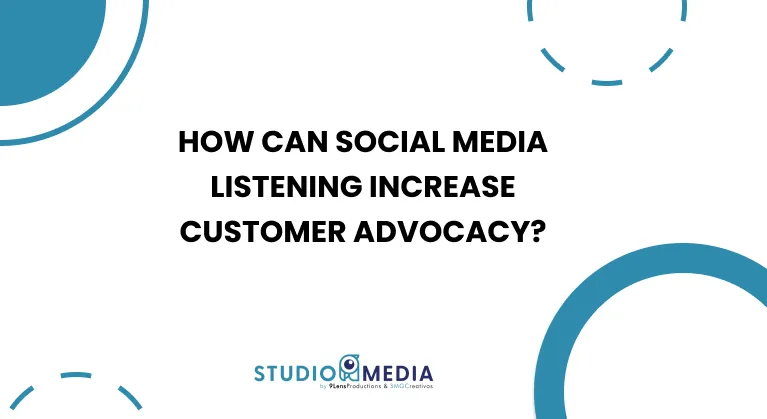In today’s digital environment, where customer opinions and perceptions spread in real time, social media listening has become an essential tool for brands looking to increase customer advocacy. But what exactly is social media listening, and how can it influence customer loyalty?
In simple terms, social media listening is the process of monitoring social networks to capture direct and indirect mentions of a brand, product, or service. This process goes beyond just listening: it involves analyzing conversations to understand what customers truly need and want, enabling brands to respond proactively and strategically.
Understanding Customer Needs Through Social Media Listening
One of the greatest advantages of social media listening is its ability to provide a clear and accurate view of customer needs. By monitoring social media conversations, brands can quickly identify what truly matters to their customers. This not only covers problems or complaints but also expectations and desires that customers may not express directly.
In my experience, I’ve seen how social media listening can transform the way a company interacts with its customers. By carefully listening to what customers say on social networks, brands can uncover unmet needs or areas for improvement that weren’t previously evident.
This not only improves customer satisfaction but also strengthens the relationship with them by showing that the company is genuinely listening and acting based on their feedback.
How Social Media Listening Improves Customer Experience?
Enhancing the customer experience is another key benefit of social media listening. When a brand can respond quickly and accurately to customer concerns, it creates a positive experience that can lead to greater loyalty and ultimately, customer advocacy. For example, if a customer expresses frustration on Twitter about a faulty service, a quick response offering a solution not only resolves the issue but also demonstrates that the brand cares about its customers.
Additionally, social media listening allows brands to personalize their interactions with customers. By better understanding their preferences and behaviors, companies can offer more relevant and personalized experiences, which increases overall satisfaction and fosters greater brand advocacy.
The Impact of Social Listening on Customer Loyalty and Advocacy
The impact of social media listening on customer loyalty and advocacy is significant. When brands use this tool to act on customer feedback, customers feel valued and heard. This sense of appreciation can transform a satisfied customer into an active advocate, willing to recommend the company to others and publicly defend it on social media.
A clear example of this is when a company uses social media listening to identify its most loyal customers and then offers them rewards or public recognition. These small gestures can have a big impact, strengthening the emotional connection between the brand and its customers, which in turn increases the likelihood that they will become active advocates.
Tools and Strategies for Effective Social Media Listening
To implement effective social media listening, it’s essential to have the right tools and strategies. Tools like Mention, Hootsuite, and Brandwatch allow brands to monitor conversations across multiple social media platforms, analyzing mentions, sentiment, and trends. However, technology alone is not enough. It’s crucial that brands develop strategies that include identifying relevant keywords, segmenting audiences, and prioritizing responses.
Moreover, brands need to establish a clear process for acting on the insights gained. This involves not only responding to customers but also using the information gathered to improve products, services, and communication strategies.
Overcoming Challenges in Social Media Listening
Despite its benefits, social media listening is not without challenges. The overwhelming amount of data can make it difficult to identify the most relevant insights, and misinterpreting comments can lead to misguided actions. To overcome these challenges, it’s essential that brands have trained teams and use advanced tools that can efficiently filter and analyze large volumes of data.
Another challenge is ensuring that social media listening is integrated across all levels of the organization. This means that the insights gained must be shared and used by all relevant departments, from marketing to customer service and product development.
Conclusion
In my experience, I’ve seen how a well-executed social media listening strategy can turn satisfied customers into passionate brand advocates, willing to promote and defend it on social media. For brands looking to stand out in a competitive market, social media listening is an investment worth making.
In summary, social media listening is a powerful tool that can transform the relationship between a brand and its customers. By allowing companies to better understand their customers’ needs and respond proactively, this technique not only improves the customer experience but also strengthens loyalty and fosters customer advocacy.







